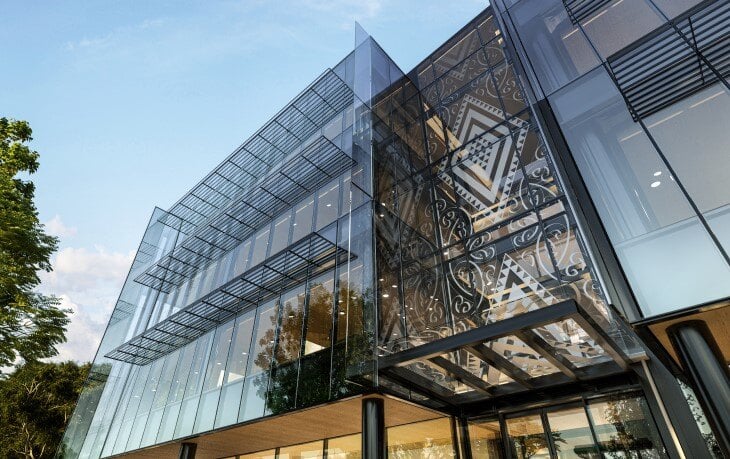Photo by Matthew Henry on Unsplash
Not for the first time this winter, New Zealand’s electricity supply struggled to keep up with demand. Transpower yet again announced to generators that power cuts were at risk unless supply was increased.
Driving the demand on cold winter mornings and evenings are thousands of poorly insulated homes, forced to crank up the heating to levels that would be unnecessary with decent insulation.
Improving these homes will massively reduce the risk of power cuts.
Improving them will substantially reduce the amount of energy needed, reducing carbon pollution and reducing the need to burn climate-wrecking coal and gas when hydro levels are low.
Improving these homes will better the health of the families living in them, and reduce their household bills, too – something particularly needed as the costs of living rise.
Our homes can provide the solution to many problems: health, rising costs, climate change, and power cuts. And deploying the straightforward solutions of healthy, warm homes is important too because it is these special places, where memories are made, that are far too often facing the brunt of climate change.
Just last week, hundreds of New Zealand families evacuated from their homes in Nelson, and thousands were without power due to wild weather. A state of emergency was declared in Nelson and the West Coast. Without slashing carbon pollution, these events only occur more often.
But there is momentum growing behind the solutions, and behind the key role that our homes, buildings and cities must play.
This year’s Housing Summit on 27 September features an array of international and national experts who will present a range of case studies and solutions, and the very latest developments in the growing drive to make all our homes and communities green, healthy places.
Real progress is now happening towards meeting the necessary cuts in climate change pollution, from the world’s biggest economies to regional action right here in Aotearoa.
The United States recently passed one of the biggest ever pieces of climate change legislation. Signed into law by President Biden last week, it includes billions of dollars in investments in greening public buildings, affordable housing, and low embodied carbon construction materials. Plus, it offers tens of billions of dollars in new clean energy financing opportunities and big tax incentives for energy efficiency measures in buildings and homes.
And, with more good news, Wellington City Council has launched a $20million fund for green buildings in the capital. This innovative scheme will support lower-carbon healthier homes and buildings and encourage designers, builders and developers to play a big part in helping to achieve Wellington’s lower carbon goals. Let's see other councils follow suit.
But the pace and ambition for change are lacking in our existing buildings and homes. OECD countries are putting healthy, warm homes & buildings at the centre of massive climate initiatives. Ireland has committed to deep retrofit over 500,000 homes. Germany is investing £16 billion a year for three years to go towards improving the health and energy efficiency of buildings in the bottom 25 per cent of energy performance.
That would be similar to NZ investing $1.5bn per year in healthier lower carbon homes and buildings. This will deliver huge benefits to households and businesses; a win for health, for energy resilience, for a just transition and for carbon.
This and much more will be discussed at the Housing Summit Looking forward to seeing you there. We’re expecting a sell-out, so be sure to get in quick to make sure you get a ticket.



